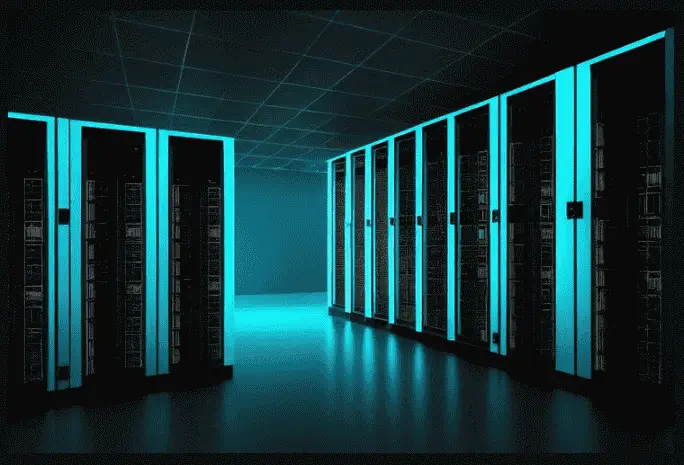Things You Should Know About Data Center Power System

The availability of reliable power is a key consideration when building and maintaining a data center. Given the proliferation of data centers as businesses use cloud computing and colocation services, even a brief electricity outage can have far-reaching consequences. To maintain your data center running smoothly and securely while keeping your costs down, you need a solid power supply and distribution infrastructure. If you’re curious about Data center power system, what causes power outages, and how to deal with them, this post is for you.
Data center power distribution
The data center’s power supply and distribution system is a crucial component. The scale and scope of the data center can be accommodated by adjusting the system’s configuration, which is made possible by several different pieces of equipment.
Tier I data centers are the most reliable, followed by those in Tier II, Tier III, and Tier IV. A tier I data center is designed for smaller organizations, whereas a tier IV data center is used by large businesses that need several power sources. The next diagram shows the data center’s electrical infrastructure with a simplified representation of a tier IV facility.
In most cases, the available electrical power from the grid might be rather considerable. Through automatic transfer switches (ATS), high voltages are transformed into more manageable low ones in a transformer. Diesel or gas backup generators are connected to data centers to provide backup power sources for supporting servers or other data center equipment in case of a power outage or further disruption to the utility power grid. When there’s a blackout, transfer switches activate the backup generators to keep the Data center power system running.
However, there is a delay between turning on the generator and receiving full power. As a backup power supply, uninterruptible power supplies (UPS) help bridge the gap in the event of an outage. What Is Uninterruptible Power Supply (UPS)? has additional information for you. By switching the UPS into Maintenance Bypass mode, the MBP ensures no load disruption when the power is cut to the system for repair. A power distribution unit (PDU) will receive the electricity and distribute it to several RPPs. Then, as part of the redundant power chain, several rack PDUs are hooked into various outlet boxes from RPPs. That’s how the electrical grid is set up.
Best-In-Class Power Reliability Solutions for Mission-Critical Facilities
If you’re looking for reliable power distribution and quality monitoring solutions, go no further than LayerZero Data center power system. As a company with a strong reputation for high-reliability design, we are dedicated to providing cutting-edge solutions that improve upon existing benchmarks of quality and safety for the user. LayerZero is unique among critical power firms since it deviates from the norm. We are dedicated to being at the forefront of the creative and innovative concepts necessary for success in today’s competitive market. When it comes to dependability and operator safety, our solutions are unparalleled.
Conclusion
Due to the importance of the electrical grid, we make every effort to achieve the highest standards. There can be no slacking on the quality of the electrical grid. Customers know they can trust LayerZero to provide the safest, most dependable, and data-centric power- quality solutions on the market. LayerZero takes great pride in being a reliable business partner for companies worldwide, and we’re committed to meeting all of your essential infrastructure requirements.

